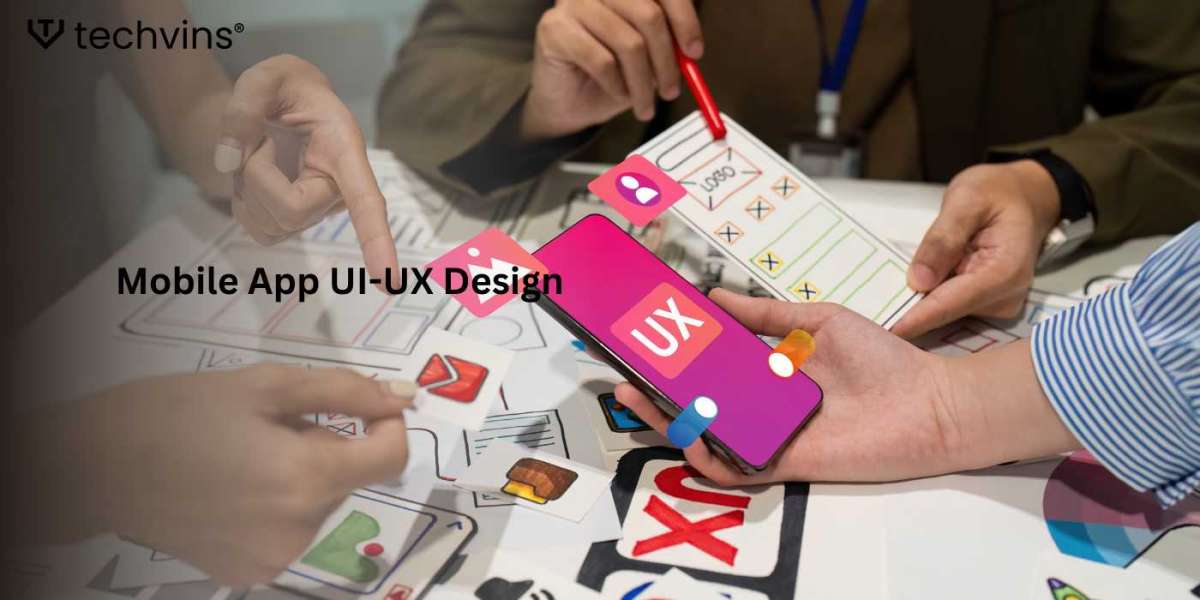Mobile application Making mobile applications fluid and easy to use is the main goal of UI/UX design. The appearance of the application, including its buttons, icons, and layout, is known as UI (User Interface) design. User Experience (UX) design is concerned with how people interact with the application, making sure it is user-friendly, intuitive, and beneficial. Because they have a direct impact on user retention and happiness, UI and UX design work together to make an app successful.
An app with a well-designed user interface is both aesthetically pleasing and simple to use. It entails selecting suitable fonts and colors as well as designing a neat, orderly layout. The user is guided through the program via a well-designed user interface, which makes it simple to locate and utilize functions. To create a seamless experience, the design should be the same on all screens. The unique features of various devices, like screen size and resolution, are also taken into consideration in mobile user interface design.
The whole experience a user enjoys with the app, however, is the main focus of UX design. This covers how simple it is to use the app, how fast tasks can be finished, and whether the app fulfills the needs of the user. Understanding user behavior, preferences, and pain spots and using intuitive design components to address them are all part of good user experience (UX) design. It's not just about appearances; it's about making the entire process seamless and pleasurable.
In UX design, wireframing and prototyping are essential components. Basic layout drawings of an application, known as wireframes, indicate the locations of important components like buttons and menus. Before development starts, designers can test and improve the user experience with the aid of prototypes, which are interactive models of the application. Designers can spot such problems early and make adjustments based on user feedback thanks to this iterative process.
Responsiveness is a crucial component of contemporary mobile app design. Because customers use apps on a range of devices, including tablets and phones, responsive design makes sure the app works properly on all screen sizes. Regardless of the screen's size, it optimizes the experience by modifying the elements and layout according to the device being utilized.
Finally, mobile applications making applications that are both useful and pleasurable to use requires careful consideration of UI/UX design. Through the consideration of both the visual elements (UI) and the whole experience (UX), designers are able to produce applications that are user-friendly, effective, and captivating. The future of app development will continue to be greatly influenced by UI/UX design as mobile technology advances.








